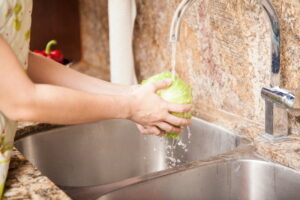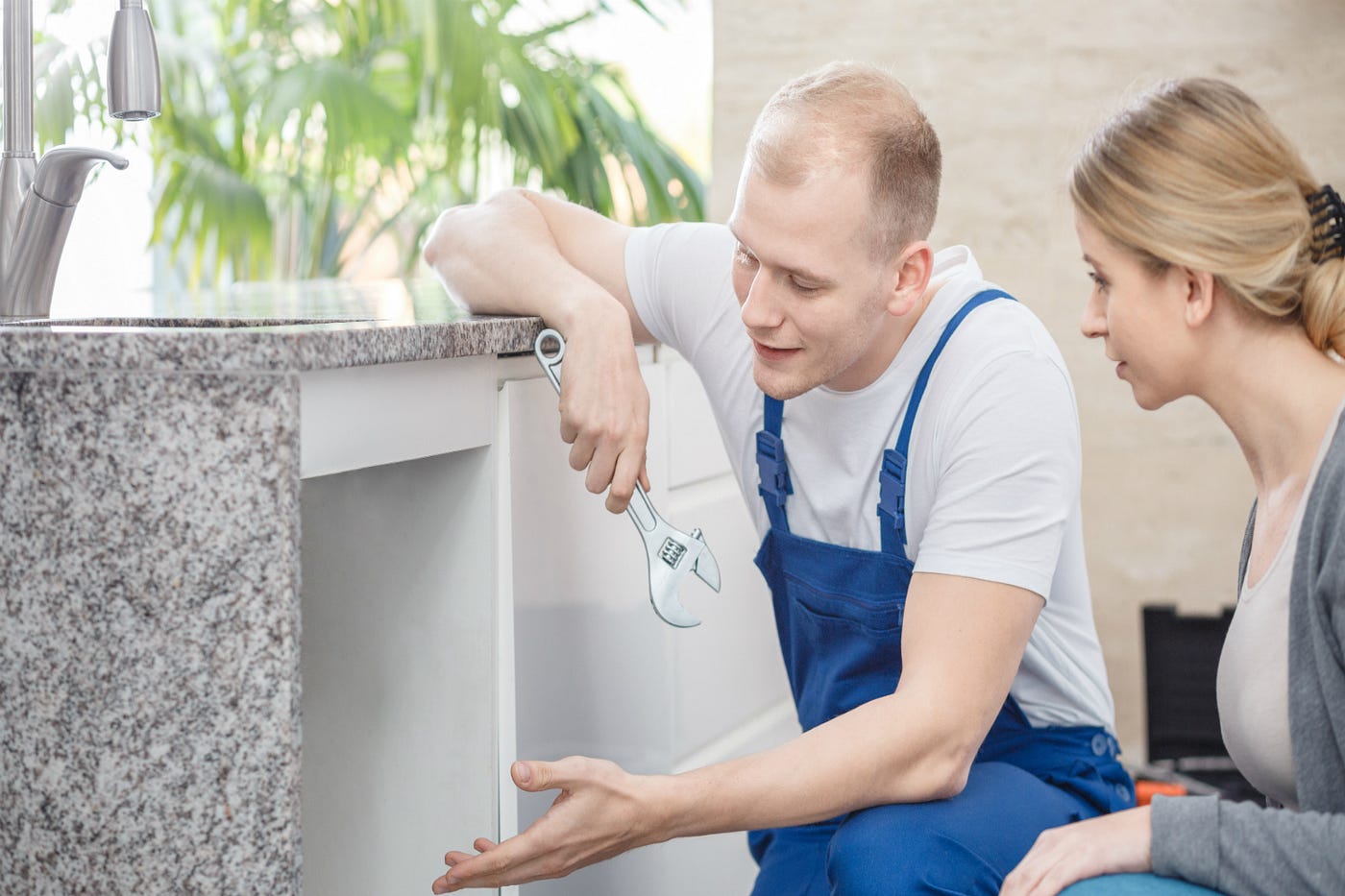When to DIY and When to Call a Professional Plumber: Guidance for Homeowners
When to DIY and When to Call a Professional Plumber: Guidance for Homeowners
Blog Article
Just how do you really feel in relation to DIY vs. Professional Plumbing Repairs: When to Call a Pro?

Introduction
Plumbing issues can vary from minor aggravations to significant headaches, usually prompting home owners to choose in between tackling the issue themselves or contacting a professional plumbing professional. Understanding when to do it yourself and when to seek expert help can save time, money, and stop possible catastrophes. This short article checks out the factors to think about when making this essential choice.
Advantages of Do It Yourself Pipes
Taking on plumbing jobs yourself can be satisfying in several means, specifically for simpler tasks.
Complexity of Tasks
Some plumbing concerns need specialized knowledge and devices beyond common house owner capabilities. Messing up complex problems can cause more damages and expensive fixings.
Safety Worries
Working with pipes systems entails threats such as exposure to water damage, capacity for electrical threats, and dealing with tools improperly. Safety and security safety measures need to be observed to avoid crashes and make certain efficient repair services.
Indicators to Call a Professional Plumbing Professional
Identifying when a pipes concern surpasses DIY capacities is critical to stop intensifying troubles.
Indicators of Complex Problems
Instances include:
Motivate expert treatment is required to deal with these concerns effectively and decrease damage.
DIY Pipes Tips
For effective DIY plumbing, it's vital to be prepared with the right devices and comply with proper treatments.
Basic Tools and Materials
Trick devices for DIY pipes:
Step-by-Step Guides
Clear directions make certain risk-free and efficient DIY repair work:
Selecting the Right Time to Do It Yourself
Determining when to tackle pipes jobs yourself calls for evaluating both the complexity of the problem and personal convenience levels.
Analysis Checklist
Consider:
Cost Savings
Do it yourself plumbing projects often save cash by preventing professional service fees. Tasks like fixing small leaks, changing taps, or installing new showerheads are examples where homeowners can handle repair work without employing a plumbing technician.
Ability Enhancement
Participating in DIY plumbing offers a possibility to find out and enhance sensible skills. Basic jobs empower home owners to comprehend their plumbing systems better and gain confidence in handling small fixings separately.
Threats of DIY Pipes
While DIY tasks use benefits, certain dangers must be thoroughly taken into consideration before attempting repairs.
When to Most Definitely Call a Specialist
Particular circumstances demand instant professional attention to stop comprehensive damages or safety threats.
Emergency Scenarios
Instances include:
Finding and Hiring a Professional Plumbing Professional
Selecting a qualified plumber makes sure reputable solution and assurance in fixing pipes issues.
Standards for Choice
Variables to take into consideration:
Price Analysis: do it yourself vs. Expert Services
Contrasting the monetary ramifications of DIY initiatives versus professional plumbing solutions aids in making informed decisions.
Financial Considerations
Evaluate:
Conclusion
Determining whether to DIY or call a specialist plumbing technician depends upon comprehending the complexity of pipes problems and personal capabilities. By evaluating the advantages and threats, house owners can make educated choices that promote efficient maintenance and safeguard their homes from plumbing catastrophes.
DIY vs. Professional Plumbing Repairs: When to Call a Pro
When dealing with plumbing issues or embarking on renovation projects, homeowners have to decide whether or not they want professional help with their home’s plumbing system. While master plumbers can complete just about any plumbing project, they can cost a pretty penny. On the other hand, DIY plumbing projects can very quickly go awry, which can make things worse.
In this blog, we’ll explore common plumbing projects that homeowners can confidently tackle, provide insights into the essential tools needed, and discuss critical DIY mistakes to avoid. Understanding these distinctions not only helps in maintaining the efficiency and longevity of your home’s plumbing system but also ensures safety and cost-effectiveness in your repair endeavors.
Installing/Replacing Certain Plumbing Fixtures
Most homeowners should be able to install new plumbing fixtures or replace old ones that are damaged or old. Using basic tools, you should be able to effectively:
Replace faucet washers or cartridges Replace showerheads Install a new toilet seat Hook up new appliances Replace hose bibbs Unclogging Drains
You should also be able to fix any clogged drains within your home by using a plunger, plumber’s snake, or natural solutions like baking soda and vinegar. These can often clear clogged sinks or bathtubs without needing professional drain cleaning assistance.
Fixing Running Toilets
Another plumbing issue many homeowners may be able to handle is a running toilet. Toilets may run more than they should due to a faulty flapper or float inside the tank. Toilet replacement parts are easy to find and often come with easy-to-follow instructions.
Repairing Leaky Faucets
A dripping faucet can not only be an annoyance, but it can also be a waste of water. Leaky faucets can normally be fixed with basic tools and a basic understanding of how they work, making them easy to fix.
Adjusting Water Heater Temperature
If you are able to follow basic safety precautions, you should be able to adjust the temperature on your hot water heater, which can improve your home’s energy efficiency and also increase comfort.
Fixing Minor Leaks in Pipes
For small plumbing leaks, particularly ones at pipe joints, using plumbing tape or a patch kit can be a temporary fix while you decide on a more permanent solution. Repairing broken pipes, however, can be more difficult and may require professional attention.

Do you enjoy reading up on When to DIY and When to Call in the Plumbing Pros? Leave a remark down the page. We would be pleased to see your opinion about this write up. Hoping to see you back again soon. If you please take a moment to promote this entry if you liked it. I appreciate reading our article about DIY vs. Professional Plumbing Repairs: When to Call a Pro.
Visit Url Report this page